Home>Gardening & Outdoor>Landscaping Ideas>How Long Does Roundup Take To Kill Grass
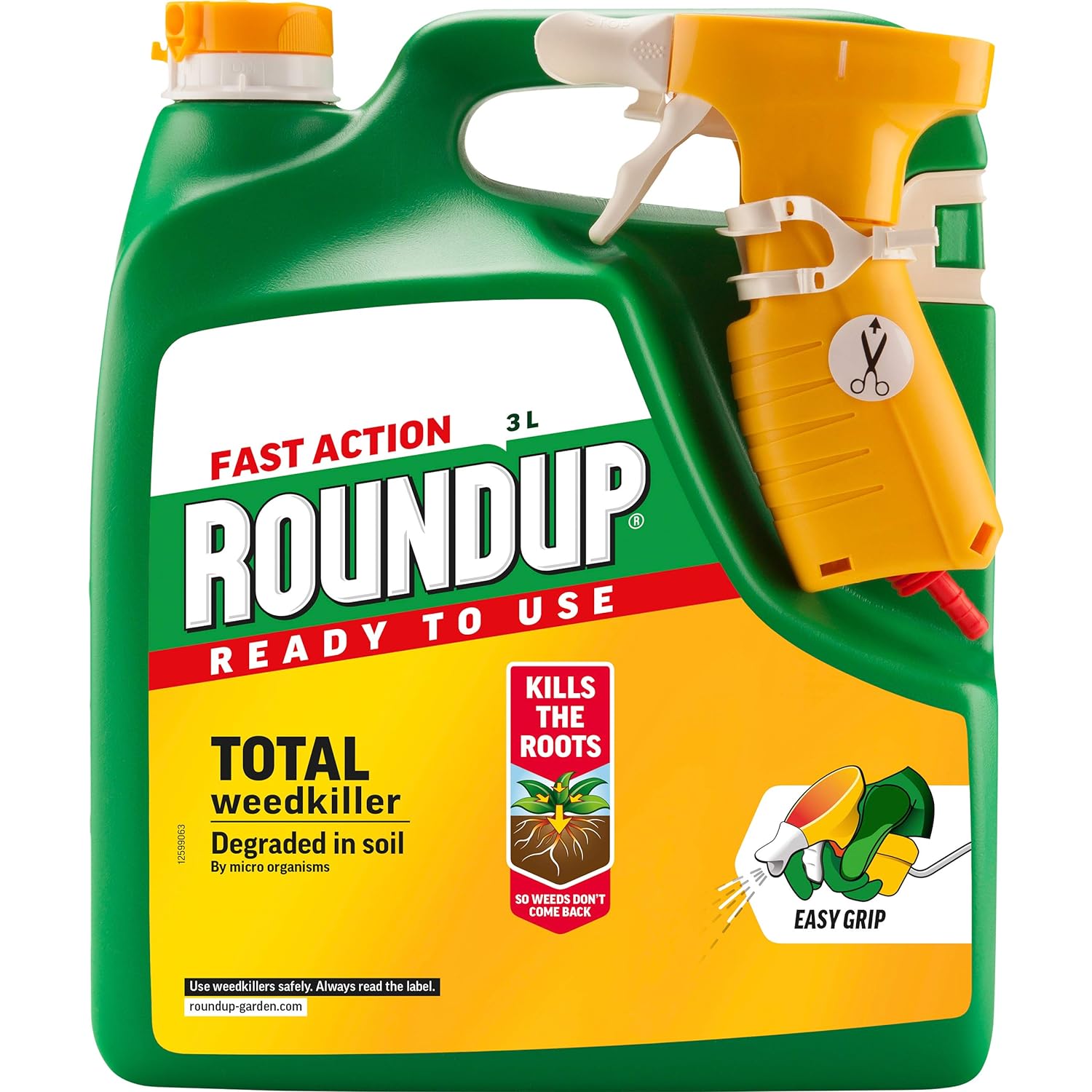

Landscaping Ideas
How Long Does Roundup Take To Kill Grass
Published: January 30, 2024
Discover how long Roundup takes to kill grass and get expert landscaping ideas to maintain a lush, weed-free lawn. Learn more about effective weed control methods.
(Many of the links in this article redirect to a specific reviewed product. Your purchase of these products through affiliate links helps to generate commission for Storables.com, at no extra cost. Learn more)
Introduction
Landscaping enthusiasts and homeowners often seek effective solutions to manage unwanted vegetation in their yards. When it comes to eliminating grass in targeted areas, Roundup, a widely recognized herbicide, is a popular choice. However, understanding the intricacies of this product and its application is crucial for achieving the desired results.
In this comprehensive guide, we will delve into the nuances of Roundup and its impact on grass. By exploring the factors that influence its effectiveness and the optimal application techniques, you will gain valuable insights into the timeframe required for Roundup to eliminate grass effectively. Whether you are a seasoned gardener or a novice in the realm of landscaping, this article aims to provide you with the knowledge needed to make informed decisions and achieve successful outcomes in your lawn maintenance endeavors.
Key Takeaways:
- Roundup takes 1-3 weeks to kill grass, but factors like weather and plant growth stage can affect the timeframe. Monitoring visual cues is key to gauging its effectiveness.
- Understanding Roundup’s systemic action and application techniques is crucial for effectively eliminating unwanted grass while preserving the overall health and aesthetics of your landscape.
Understanding Roundup
Roundup, a product developed by the agricultural biotechnology corporation Monsanto, is a broad-spectrum herbicide containing the active ingredient glyphosate. This powerful chemical compound targets and disrupts the growth processes of plants, making it a highly effective tool for controlling unwanted vegetation.
One of the key attributes of Roundup is its systemic action, which means that once applied, it is absorbed by the foliage and transported throughout the plant, including the roots. This comprehensive approach ensures that the targeted vegetation is thoroughly affected, leading to its eventual demise.
Roundup is available in various formulations, including ready-to-use sprays and concentrated solutions that require dilution before application. Additionally, there are specific variations designed for different purposes, such as targeting broadleaf weeds or grasses. Understanding the specific formulation and its intended use is essential for achieving optimal results when using Roundup in your landscaping efforts.
It is important to note that while Roundup is highly effective in controlling vegetation, it is also a non-selective herbicide, meaning it can impact a wide range of plant species. Therefore, careful consideration and precision are necessary when applying Roundup to avoid unintended damage to desirable plants in the vicinity.
By gaining a deeper understanding of Roundup and its mechanisms of action, you can harness its potent capabilities to address unwanted grass in your outdoor spaces effectively.
Factors Affecting Roundup’s Effectiveness
Several factors play a pivotal role in determining the effectiveness of Roundup when targeting grass and other unwanted vegetation. Understanding these variables is essential for maximizing the herbicide’s impact while minimizing potential drawbacks.
- Weather Conditions: The prevailing weather conditions at the time of application can significantly influence Roundup’s effectiveness. Ideally, it is best to apply Roundup when the weather is dry and calm, as rain or strong winds shortly after application can dilute or disperse the herbicide, reducing its efficacy.
- Plant Growth Stage: The growth stage of the targeted grass is a crucial consideration. Roundup is most effective when applied to actively growing plants with healthy foliage. Timing the application to coincide with the peak growth phase of the grass can enhance the herbicide’s impact.
- Application Technique: The method of application and the coverage achieved are significant determinants of Roundup’s effectiveness. Ensuring thorough and even coverage of the targeted grass with the herbicide is essential for consistent results.
- Soil Conditions: The composition and moisture content of the soil can influence the absorption and translocation of Roundup within the grass plants. Well-drained soil that allows for efficient uptake of the herbicide can contribute to its effectiveness.
- Adjuvants and Surfactants: The use of adjuvants or surfactants, which are additives designed to enhance the performance of herbicides, can impact the effectiveness of Roundup. These products can improve the adhesion and penetration of the herbicide, leading to more thorough and efficient control of the targeted grass.
By taking these factors into account and adapting your approach to align with the optimal conditions and practices, you can maximize the effectiveness of Roundup when targeting unwanted grass in your landscaping endeavors.
Roundup typically takes 1-2 weeks to fully kill grass. It’s important to follow the instructions on the label and apply it on a dry, windless day for best results.
Application of Roundup on Grass
When applying Roundup to eliminate grass in specific areas, precision and care are essential to achieve the desired results while minimizing the impact on surrounding vegetation. The following guidelines outline the key steps for effectively applying Roundup to target grass:
- Identification of Targeted Areas: Begin by identifying the specific areas where grass control is necessary. Whether you are aiming to clear space for a new garden bed or address invasive grass species, a clear understanding of the targeted zones is crucial.
- Preparation and Protection: Before applying Roundup, take measures to protect desirable plants in the vicinity. Use shields or barriers to prevent overspray, and consider covering nearby plants with plastic or cloth to shield them from inadvertent contact with the herbicide.
- Appropriate Formulation and Dilution: Select the appropriate formulation of Roundup based on the type of grass targeted and the scale of the application. If using a concentrated solution, ensure accurate dilution according to the manufacturer’s instructions to achieve the desired potency.
- Application Technique: Utilize a suitable sprayer or applicator to administer Roundup directly to the foliage of the grass. Ensure thorough coverage while minimizing drift and overspray. Pay particular attention to achieving even distribution of the herbicide across the targeted areas.
- Post-Application Observations: After applying Roundup, monitor the treated areas to assess the herbicide’s penetration and impact on the grass. Note any signs of wilting or browning, indicating the herbicide’s effect on the vegetation.
- Follow-Up Maintenance: Depending on the extent of the grass control required, additional follow-up treatments may be necessary. Evaluate the results of the initial application and address any remaining grass as needed to ensure comprehensive control.
By adhering to these guidelines and exercising caution throughout the application process, you can effectively leverage Roundup to address unwanted grass while safeguarding the overall health and aesthetics of your landscape.
Timeframe for Roundup to Kill Grass
Upon the application of Roundup to target grass, the timeframe for the herbicide to effectively eliminate the vegetation can vary based on several factors, including the grass species, environmental conditions, and the application technique. Understanding the general progression of Roundup’s impact on grass can provide valuable insights into the expected timeframe for achieving desired results.
Following the application of Roundup, the herbicide is absorbed by the grass foliage and begins to disrupt the plant’s growth processes. Initially, visible signs of the herbicide’s impact may not be immediately apparent. However, within a span of 1 to 3 weeks, gradual changes in the treated grass become evident as the herbicide takes effect.
Common indicators of Roundup’s impact on grass include wilting, yellowing, and browning of the foliage. These visual transformations signify the herbicide’s disruption of the grass’s physiological functions, ultimately leading to the deterioration and demise of the targeted vegetation.
For perennial grass species with robust root systems, the complete eradication of the grass may require additional time following the initial signs of wilting and browning. In such cases, it is not uncommon for the grass to exhibit persistent symptoms of decline over the course of several weeks, culminating in its eventual demise.
It is important to note that the timeframe for Roundup to effectively kill grass can be influenced by the factors mentioned earlier, including weather conditions, the growth stage of the grass, and the thoroughness of the herbicide application. By optimizing these variables and closely monitoring the treated areas, you can anticipate the gradual progression of Roundup’s impact on the targeted grass.
Ultimately, the timeframe for Roundup to effectively eliminate grass varies based on the specific conditions and characteristics of the application. By remaining attentive to the visual cues and progression of the herbicide’s impact, you can gauge the success of the treatment and make informed decisions regarding any necessary follow-up measures.
Conclusion
As you navigate the realm of lawn maintenance and landscaping, understanding the intricacies of Roundup and its impact on grass is instrumental in achieving successful outcomes. By gaining insights into the factors influencing Roundup’s effectiveness, the optimal application techniques, and the expected timeframe for the herbicide to eliminate grass, you are empowered to make informed decisions and execute precise strategies in your lawn care endeavors.
Roundup, with its systemic action and potent glyphosate formulation, offers a powerful solution for controlling unwanted grass in targeted areas. However, the non-selective nature of the herbicide necessitates careful consideration and precise application to avoid unintended damage to desirable plants. By adhering to best practices and leveraging the appropriate formulation of Roundup, you can effectively address grass-related challenges while preserving the overall health and aesthetics of your landscape.
As you embark on your journey of utilizing Roundup for grass control, remember that the timeframe for the herbicide to effectively eliminate the targeted vegetation can vary based on numerous factors. By closely monitoring the treated areas and interpreting the visual cues of Roundup’s impact, you can gauge the progression of the herbicide’s effectiveness and make informed decisions regarding any necessary follow-up measures.
Armed with a comprehensive understanding of Roundup and its implications for grass management, you are well-equipped to navigate the complexities of herbicide application and achieve successful outcomes in your lawn maintenance endeavors. By integrating precision, care, and informed decision-making into your approach, you can harness the capabilities of Roundup to maintain a vibrant and thriving landscape that aligns with your vision and aspirations.
Frequently Asked Questions about How Long Does Roundup Take To Kill Grass
Was this page helpful?
At Storables.com, we guarantee accurate and reliable information. Our content, validated by Expert Board Contributors, is crafted following stringent Editorial Policies. We're committed to providing you with well-researched, expert-backed insights for all your informational needs.
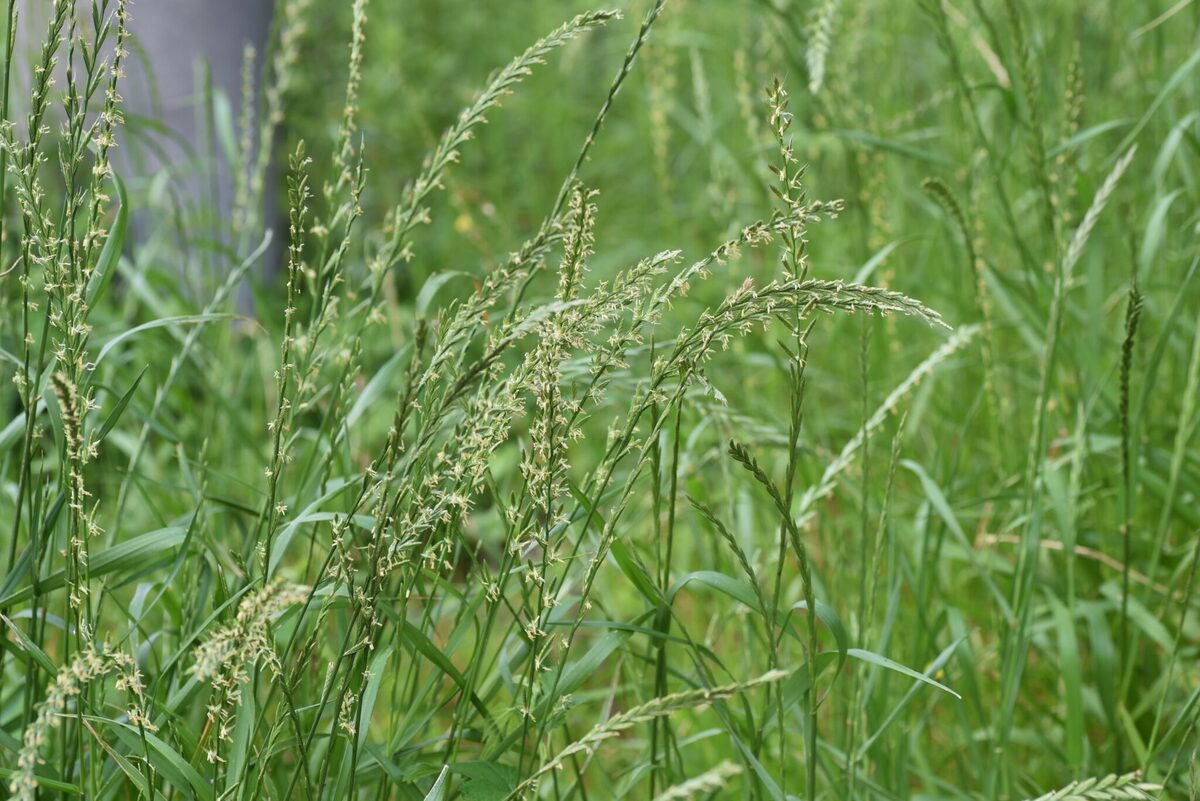
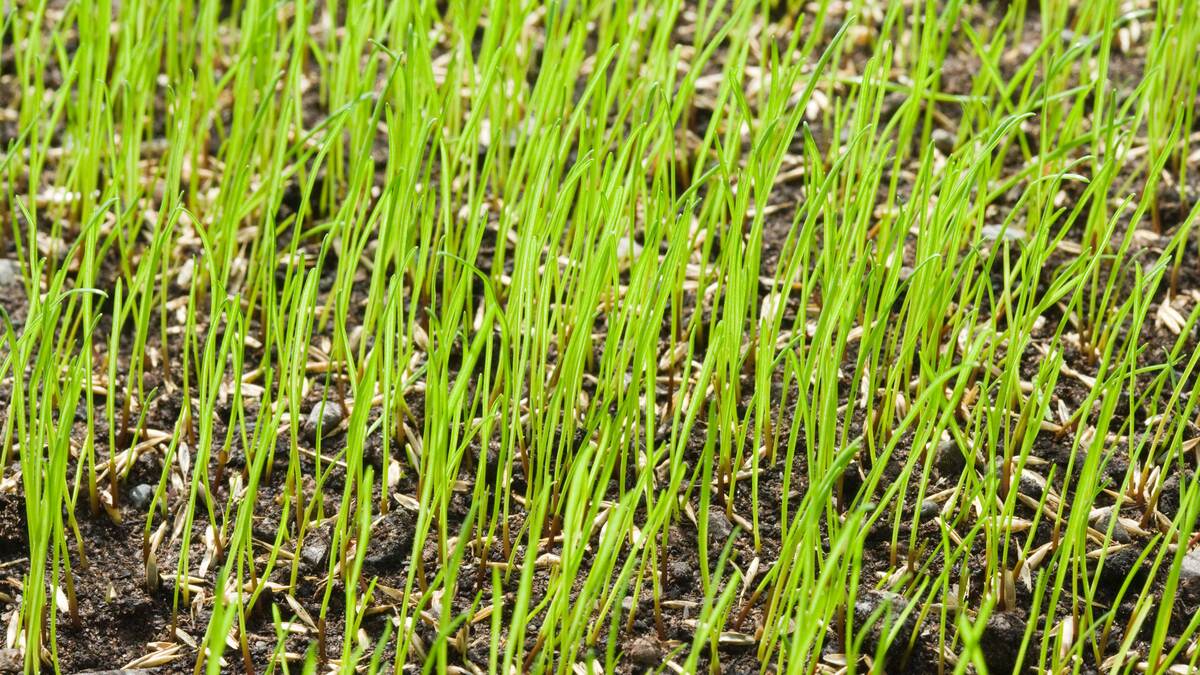
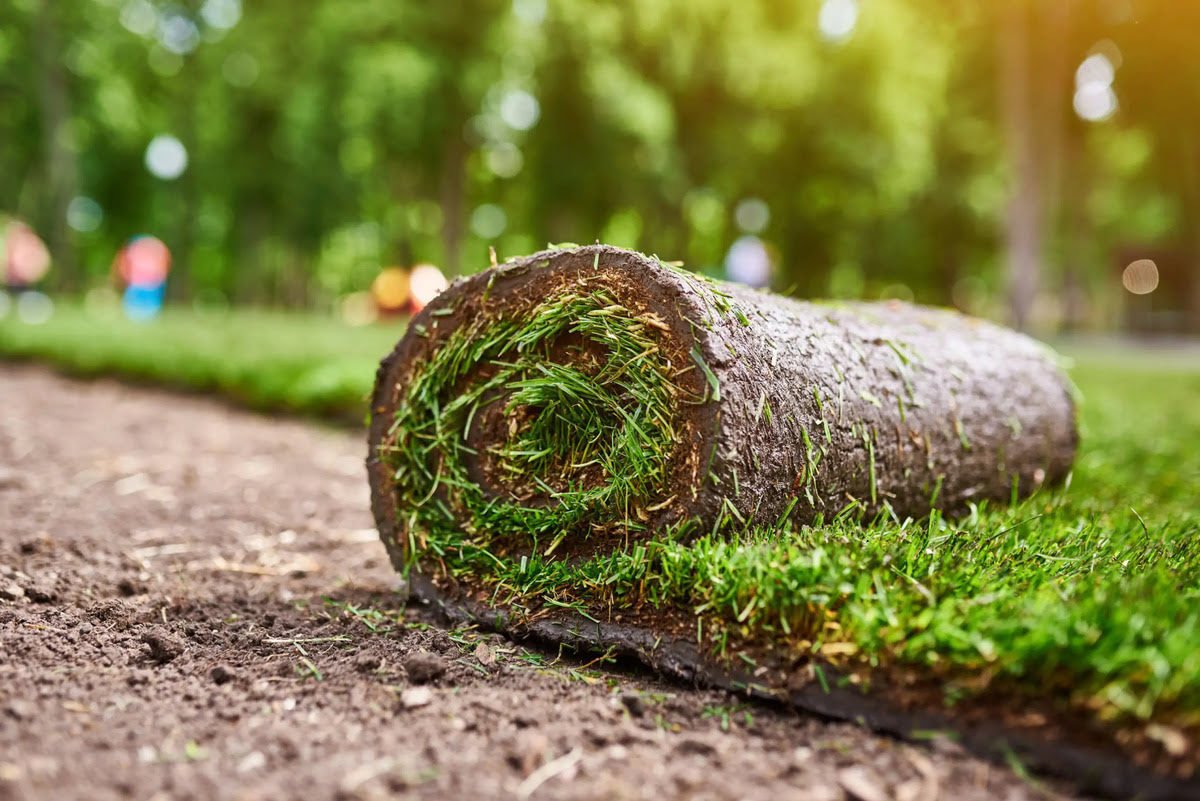

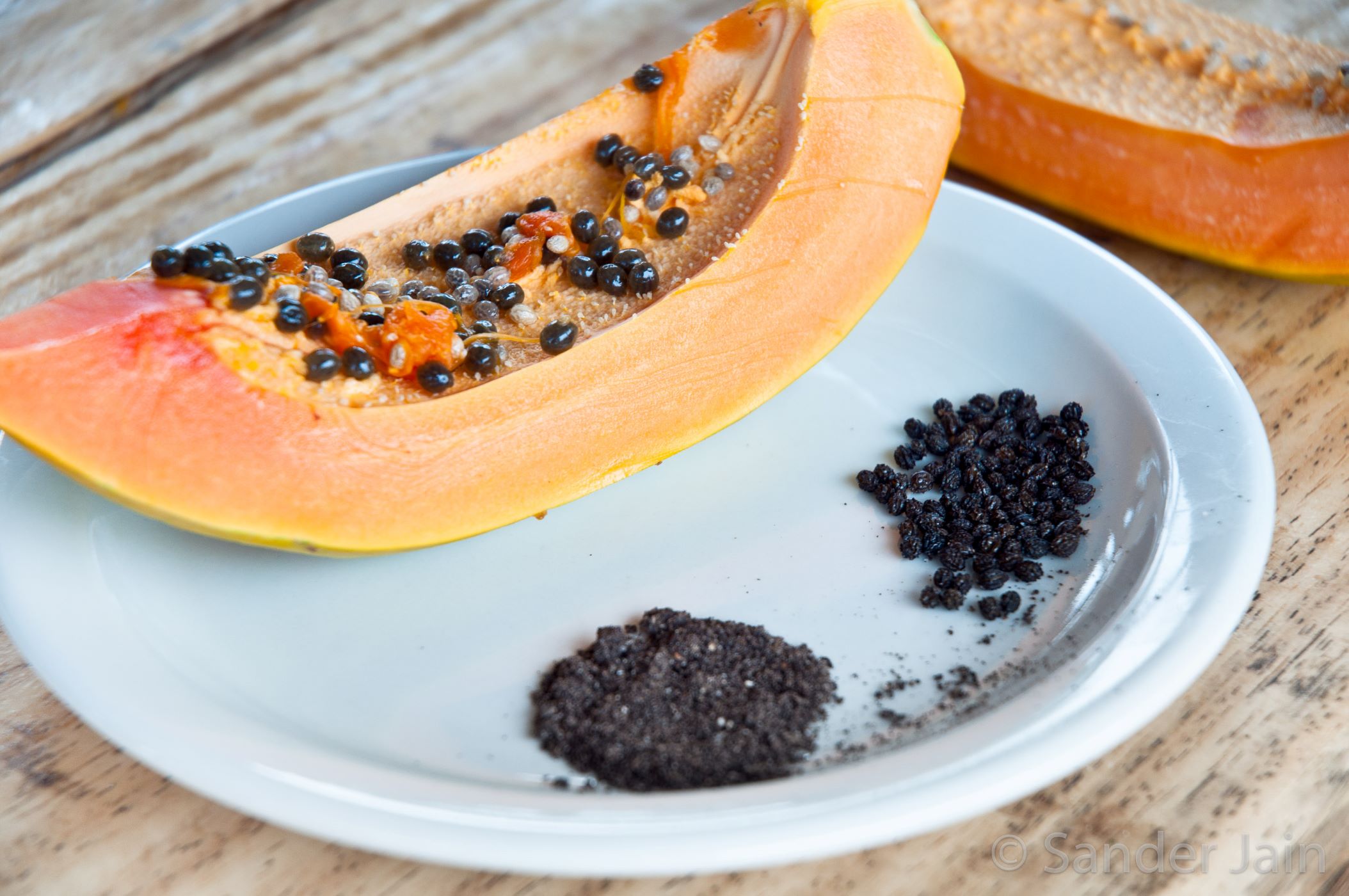
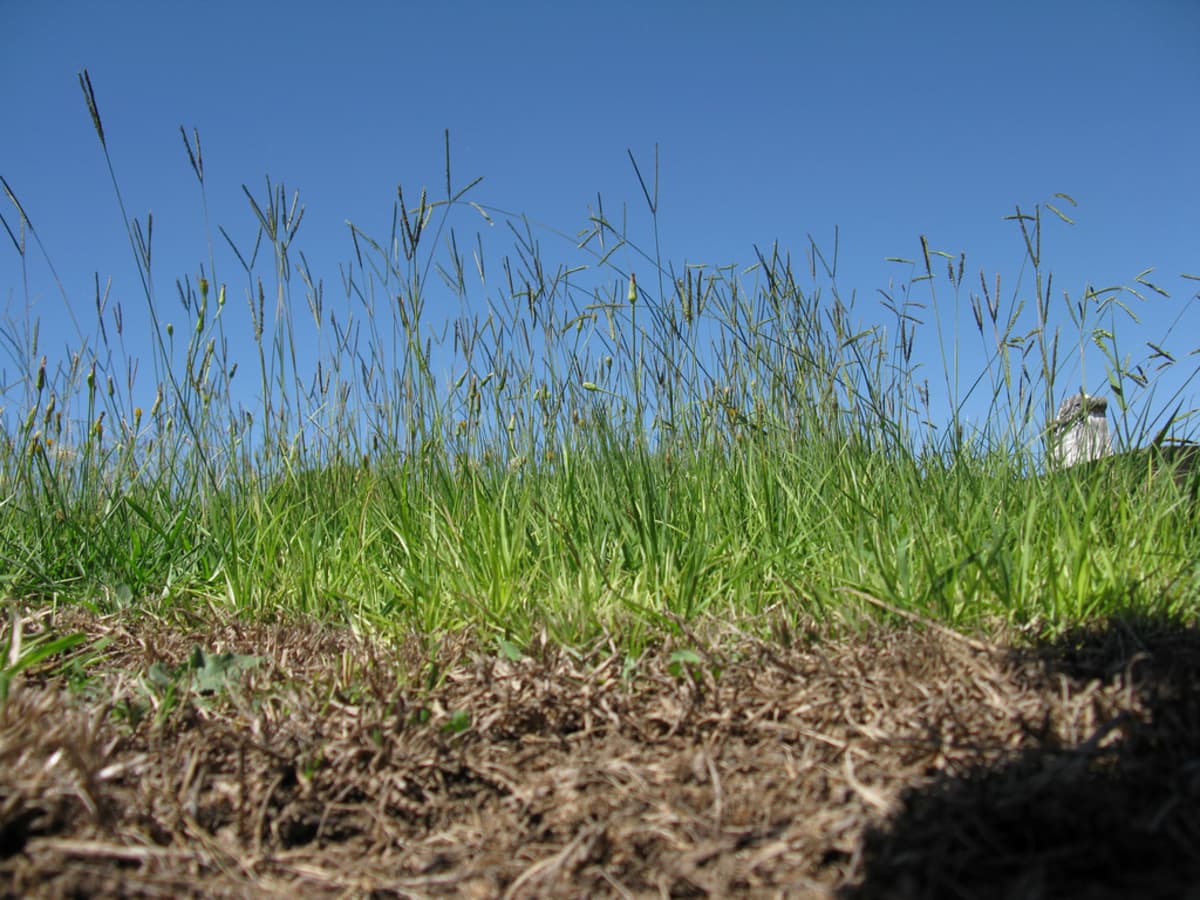
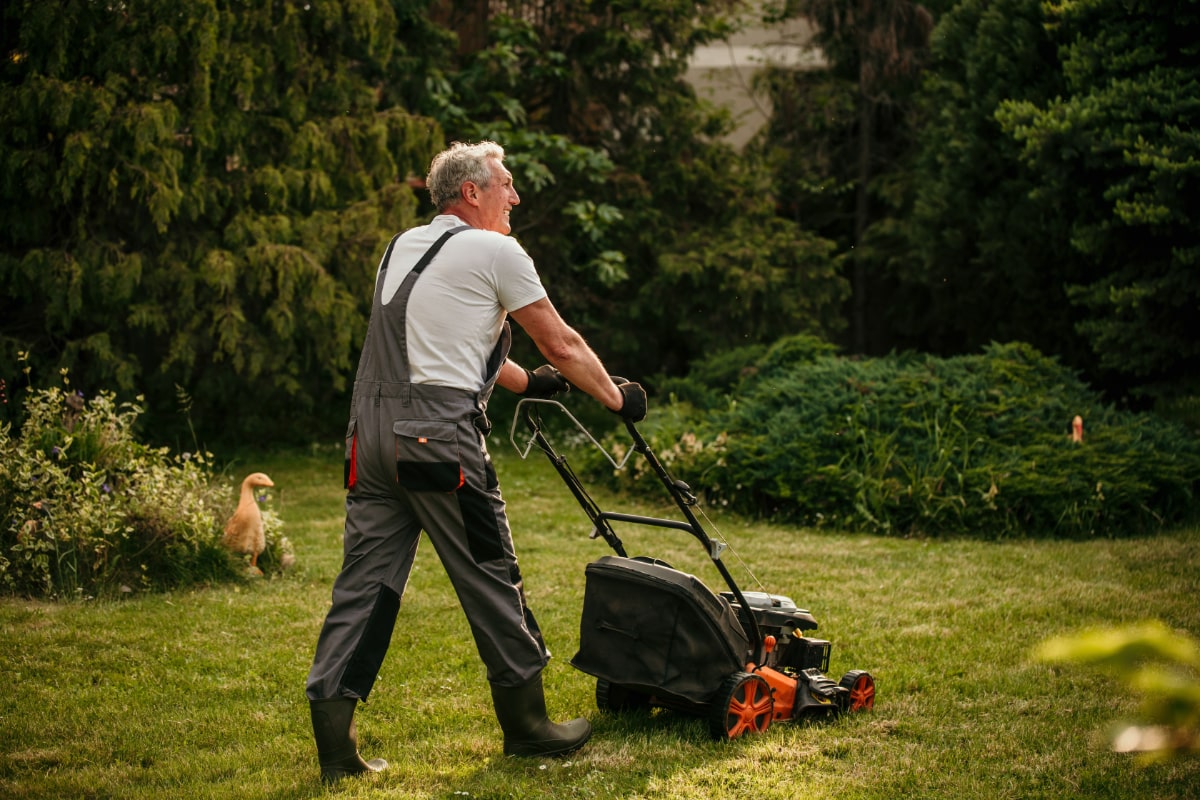
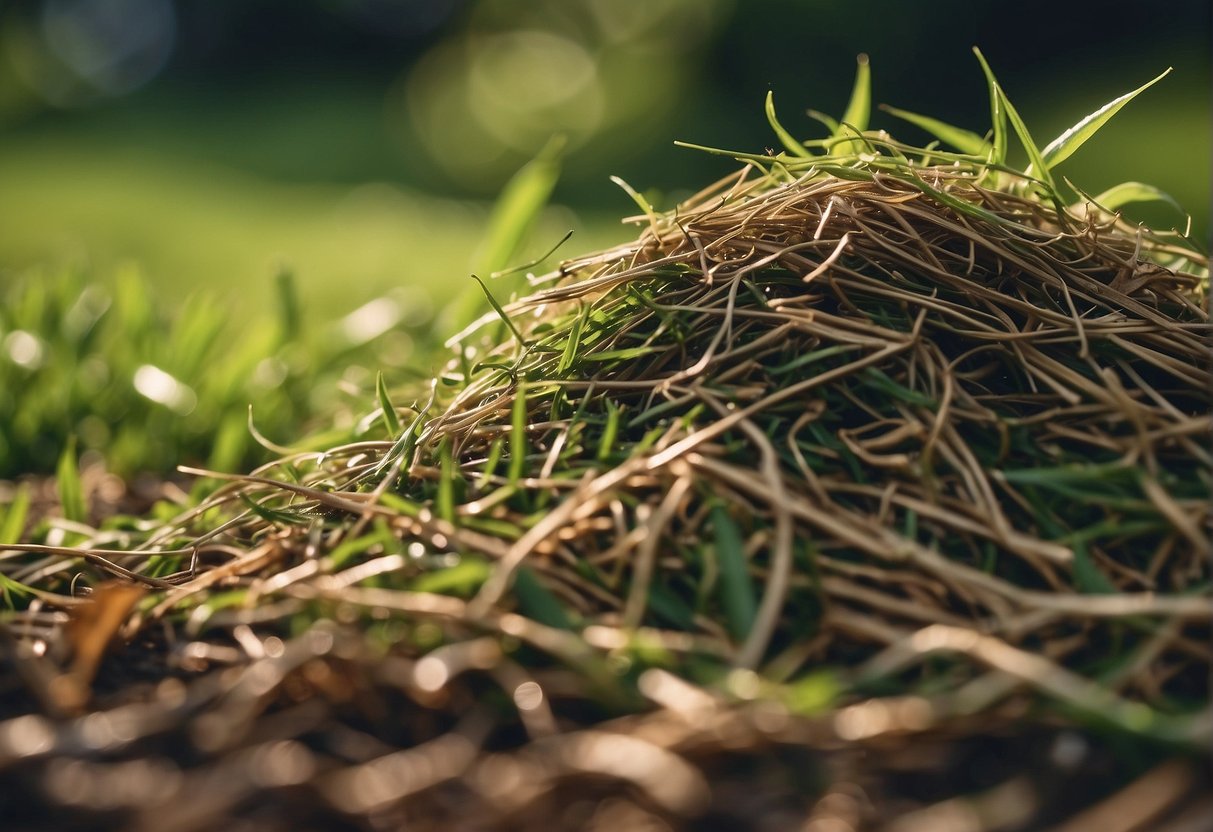
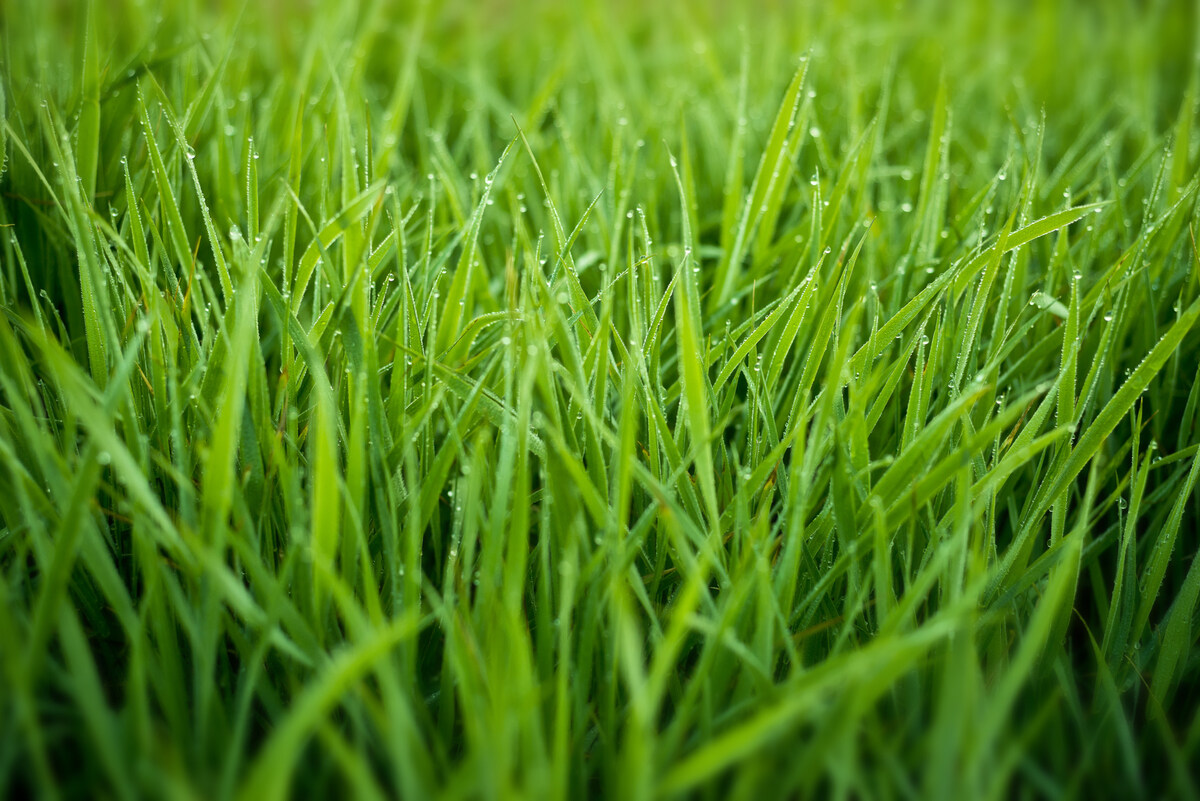
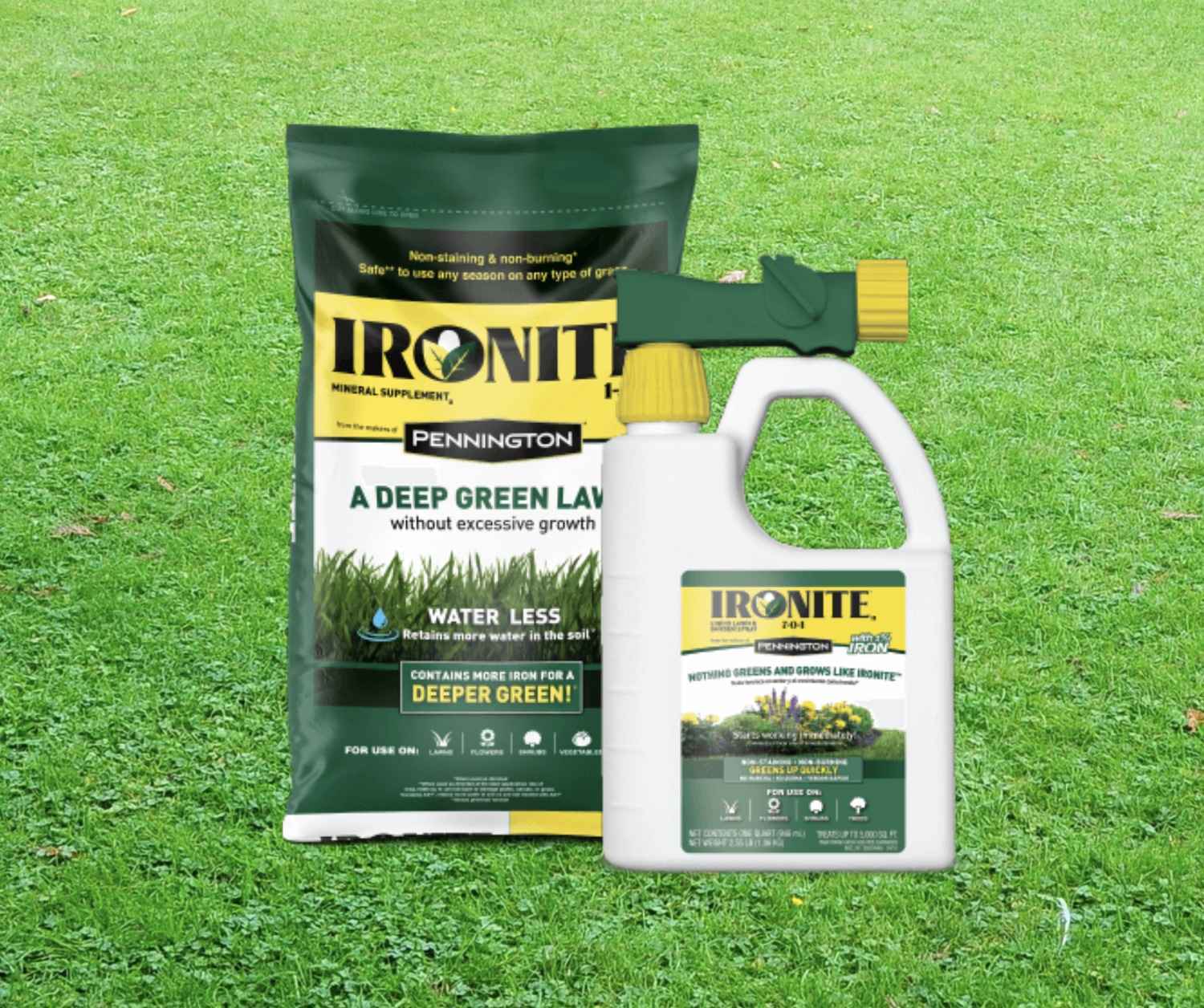
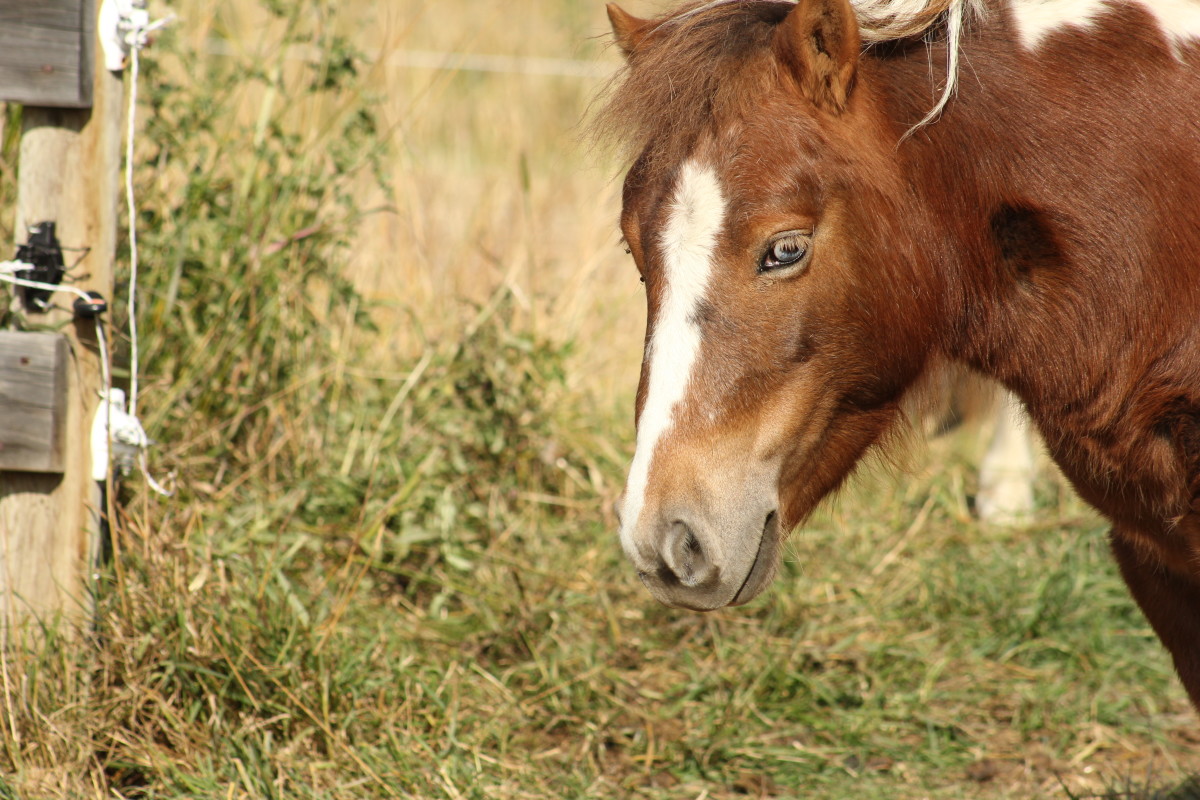
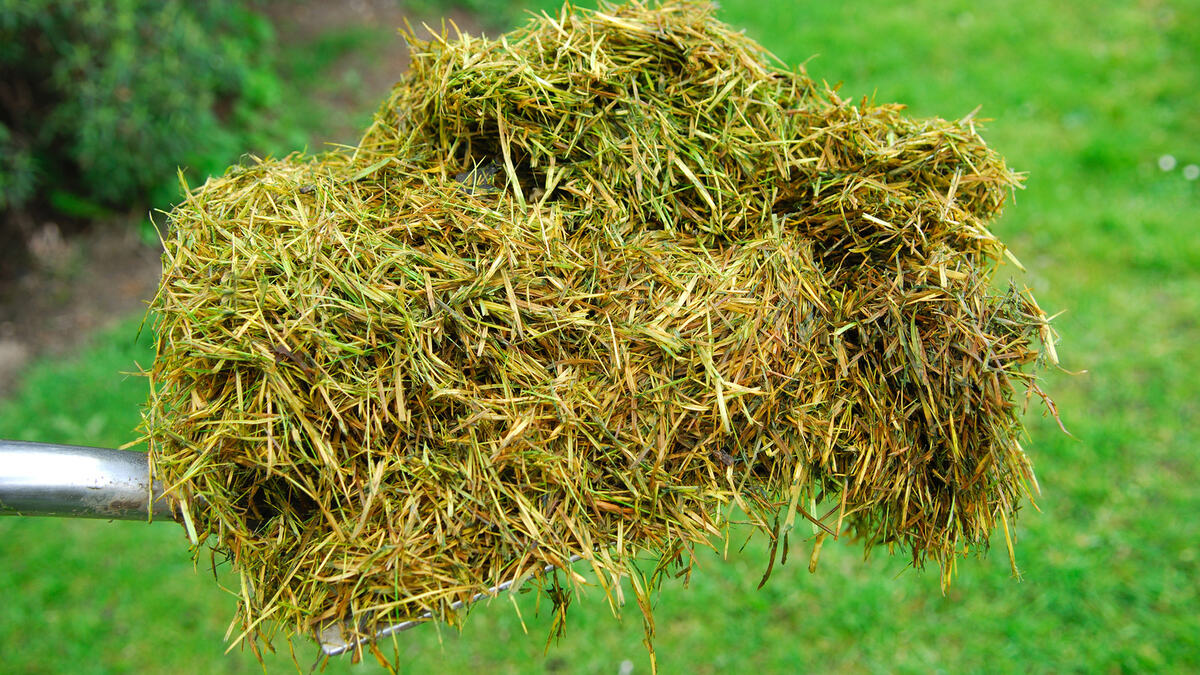
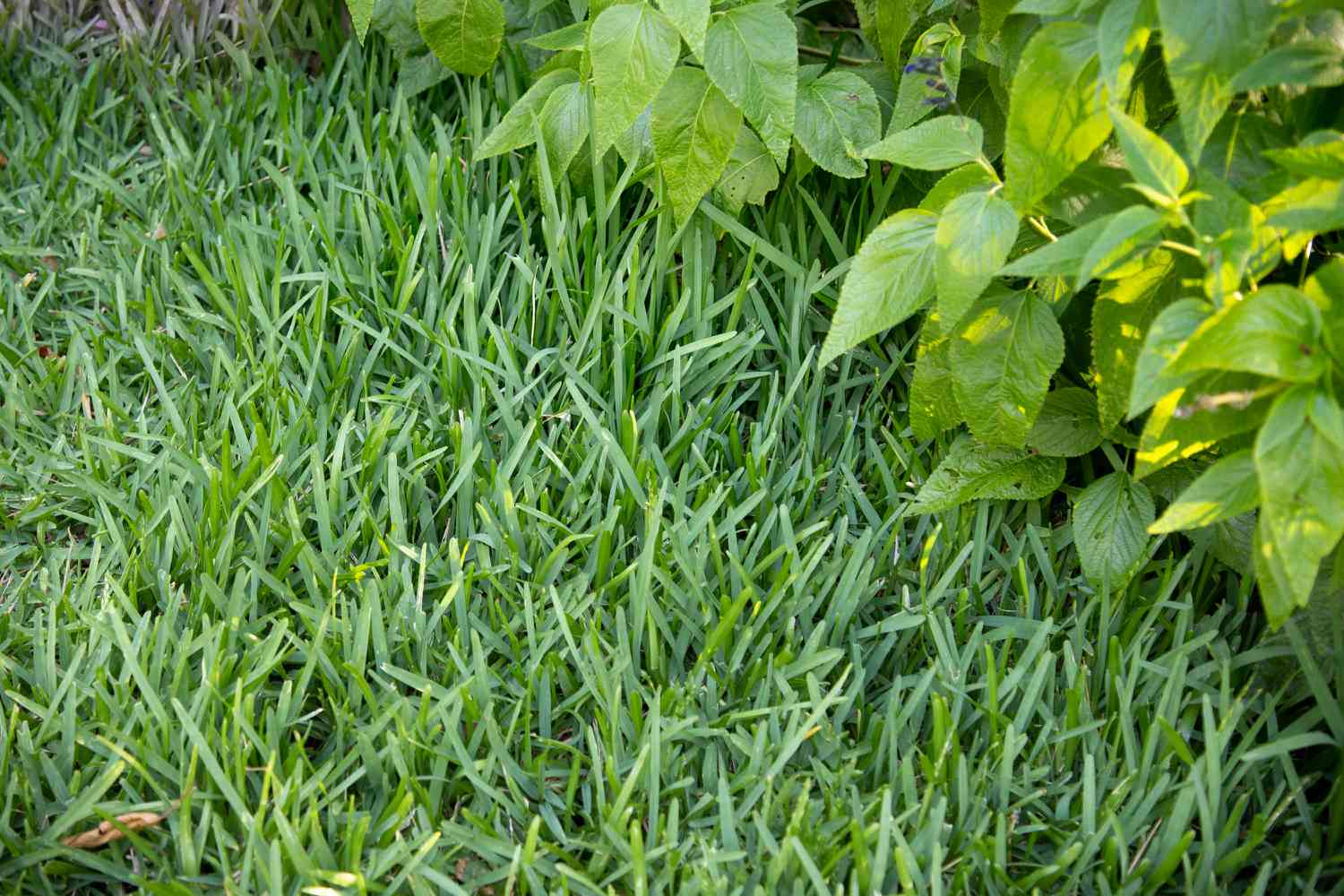
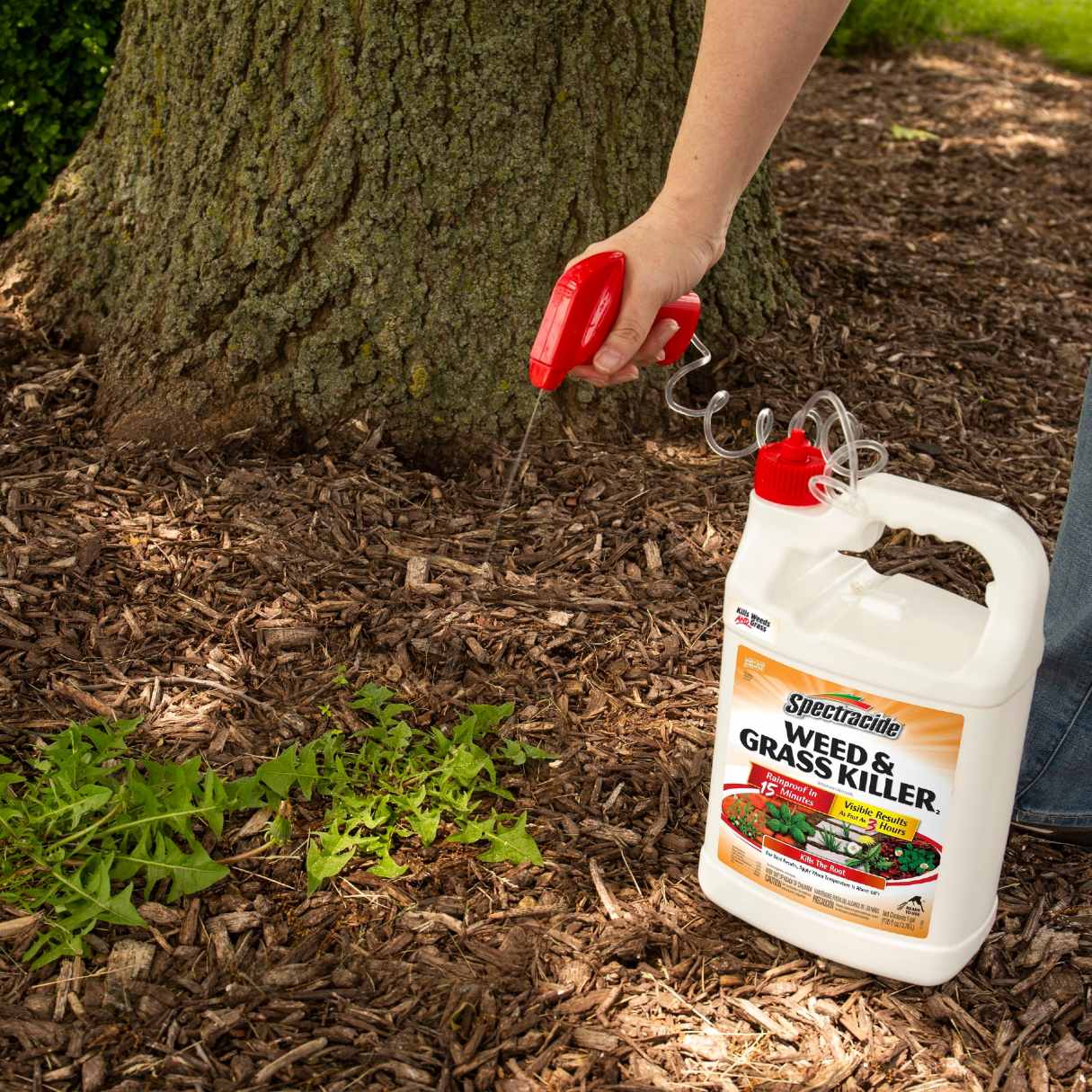

0 thoughts on “How Long Does Roundup Take To Kill Grass”